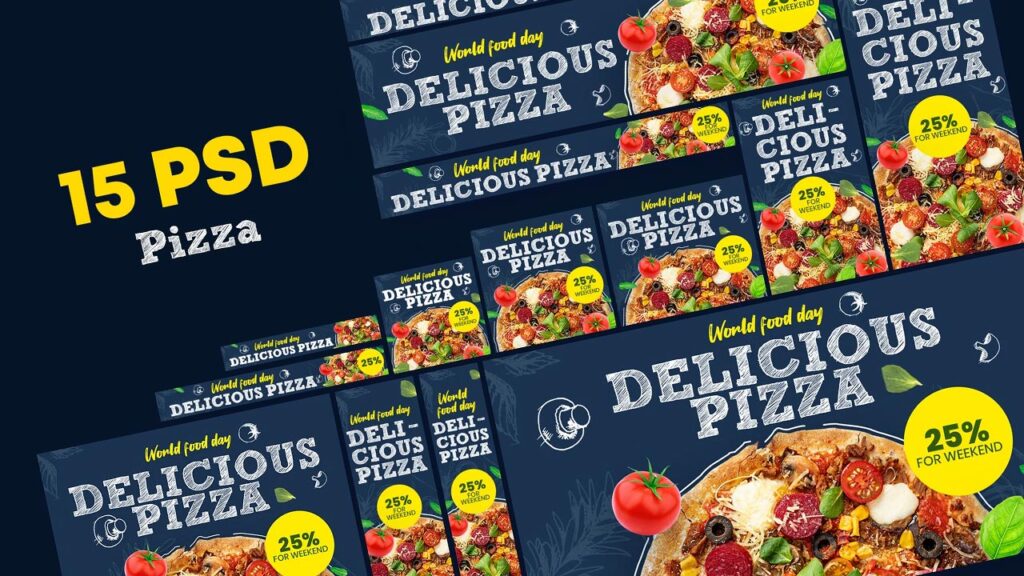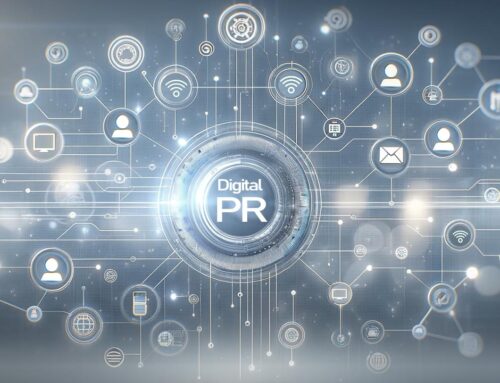Does Banner Advertising Work? And How Well Do They Perform?
The debate surrounding the effectiveness of banner advertising is hotter than ever. With so many online advertising strategies available, many marketers ask: “Does banner advertising still work?” and if so, “How well do they perform compared to newer marketing methods?” These are legitimate questions, given the evolving digital landscape and the increasing use of ad blockers, which can diminish the visibility of these ads.
However, despite these challenges, banner advertising has evolved. From static image-based ads to more interactive and dynamic formats, banners remain a common part of digital marketing strategies. Marketers must weigh the benefits of banners—like cost-effectiveness and high brand visibility—against potential downsides, such as lower click-through rates (CTR) and ad blindness.
In this quick read article, we’ll look into the efficacy of banner ads, explore the nuances of their performance, and provide key insights into when and how to use them optimally. Expect data-backed insights, expert opinions, and actionable advice for maximizing the return on your banner ad investments.
Table of Contents
- What is Banner Advertising?
- How Does Banner Advertising Work?
- Performance Metrics: How Well Do Banner Ads Perform?
- Advantages of Banner Advertising
- Challenges of Banner Advertising
- Best Practices for Effective Banner Ads
- Top 5 Frequently Asked Questions
- Final Thoughts
- Resources
What is Banner Advertising?
Banner advertising refers to digital ads displayed on websites in the form of images, gifs, or rich media. These ads often sit at the top, bottom, or side of a web page and serve as a tool for brand promotion, traffic generation, or lead generation. They can take many forms, such as display ads, leaderboard ads, and skyscrapers.

How Does Banner Advertising Work?
Banner ads function by embedding into websites, aiming to attract visitors’ attention through engaging content, compelling visuals, and strong calls to action. Advertisers pay for impressions, clicks, or conversions, depending on the campaign’s pricing model. With advancements in programmatic advertising, banners can now be hyper-targeted based on user data, browsing behavior, and past interactions.
The Evolution of Banner Ads
When the first banner ad appeared in 1994, it was static, rudimentary, and relatively ineffective by today’s standards. Since then, banners have evolved into rich media formats, interactive HTML5 banners, and video-based ads that cater to user engagement and personalization. These developments have ensured that banner ads remain a mainstay in digital marketing campaigns.
Targeting and Placement
Modern banner ads are strategically placed on websites where they have the highest chance of reaching the right audience. Platforms like Google Display Network (GDN) allow advertisers to target audiences based on demographics, interests, and browsing behavior.

Performance Metrics: How Well Do Banner Ads Perform?
Click-Through Rates (CTR)
CTR is often the go-to metric for determining the success of a banner ad campaign. However, the average CTR for banner ads is relatively low, standing at around 0.1% according to a 2021 report by Smart Insights. This means only 1 out of every 1,000 impressions leads to a click.
While this might seem discouraging, CTR is not the only metric to consider. Many campaigns focus on viewable impressions and brand awareness rather than direct clicks.

 Brand Visibility and Awareness
Brand Visibility and Awareness
Banners are highly effective at brand visibility and awareness generation, especially when the goal is to familiarize audiences with a product or service. Even if users don’t click on the ad, repeated exposure to your brand’s logo, messaging, or creative can significantly increase brand recall.
Return on Investment (ROI)
Determining the ROI of a banner ad campaign depends on your marketing objectives. If you’re looking for direct conversions, ROI might seem low. But if your focus is brand awareness or retargeting users who have already interacted with your brand, banner ads can be a cost-effective way to remain top-of-mind for your audience.

Advantages of Banner Advertising
- Cost-Effective: Banner ads are generally cheaper compared to other forms of digital advertising, especially PPC.
- Wide Reach: Platforms like GDN reach over 90% of global internet users.
- Versatile Formats: From static to dynamic, rich media ads, banners offer flexible creative options.
Challenges of Banner Advertising
- Banner Blindness: Many users have become immune to banner ads, intentionally or unintentionally ignoring them.
- Ad Blockers: Around 43% of internet users use ad-blocking software, significantly reducing the reach of banner ads.
- Low CTR: As previously mentioned, the click-through rates are often low, making direct response campaigns less effective.
Best Practices for Effective Banner Ads
Creative Design
Great design is critical. Eye-catching visuals, concise messaging, and a clear call to action can significantly improve performance. Ensure your ads are aligned with your brand’s identity.
Targeting and Segmentation
Leverage tools like retargeting and demographic targeting to focus on users who are more likely to convert.
A/B Testing
Continuous A/B testing of creatives, messaging, and placement is key to optimizing campaign performance over time.
Top 5 Frequently Asked Questions
Final Thoughts
The effectiveness of banner advertising is all about context. While CTRs may seem low, the primary strength of banner ads lies in brand awareness, retargeting, and cost-efficiency. They aren’t always the go-to for direct conversions but can serve as a crucial part of a well-rounded digital marketing strategy. When executed well—through thoughtful targeting, compelling design, and proper campaign monitoring—banner ads can yield impressive results.









Leave A Comment